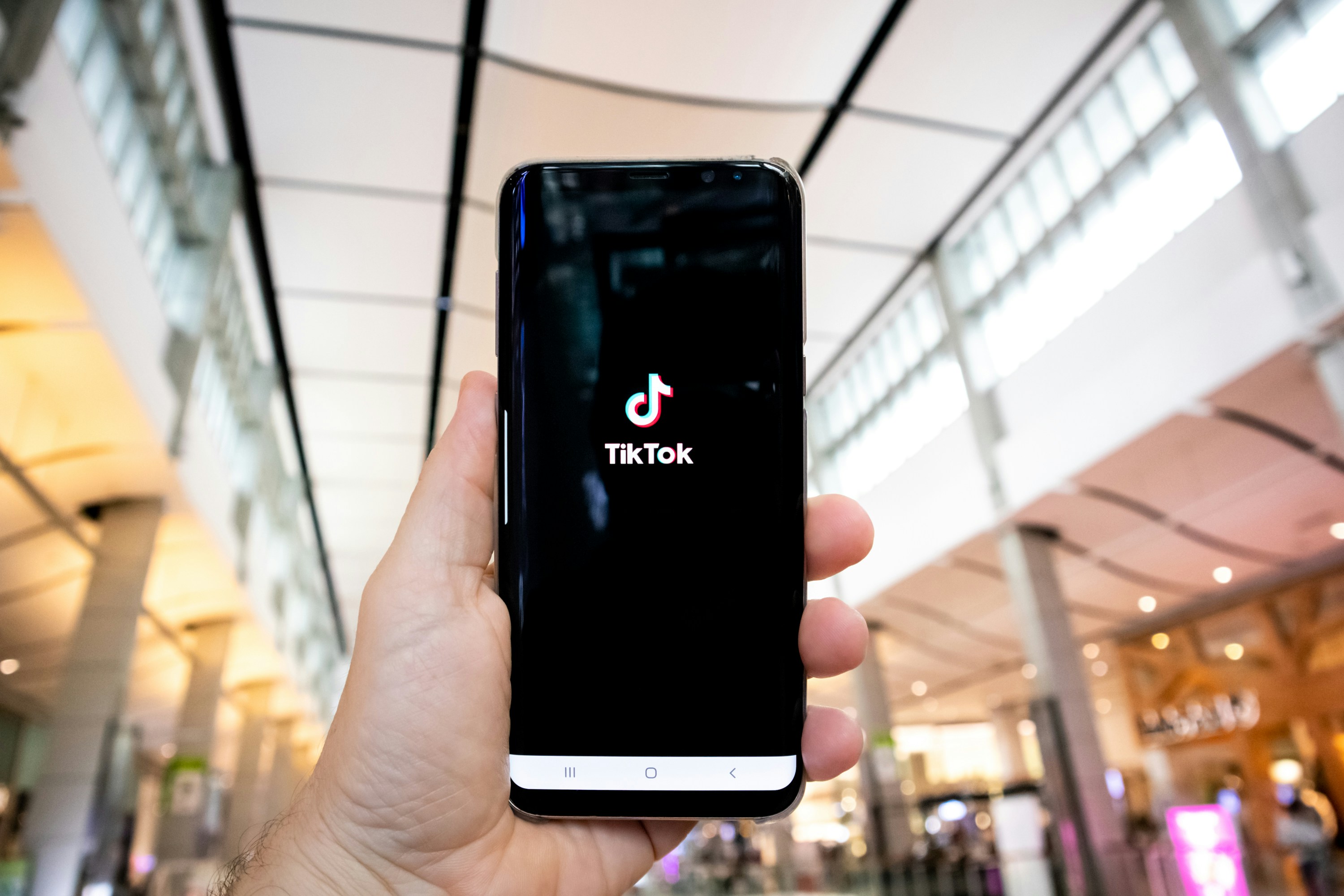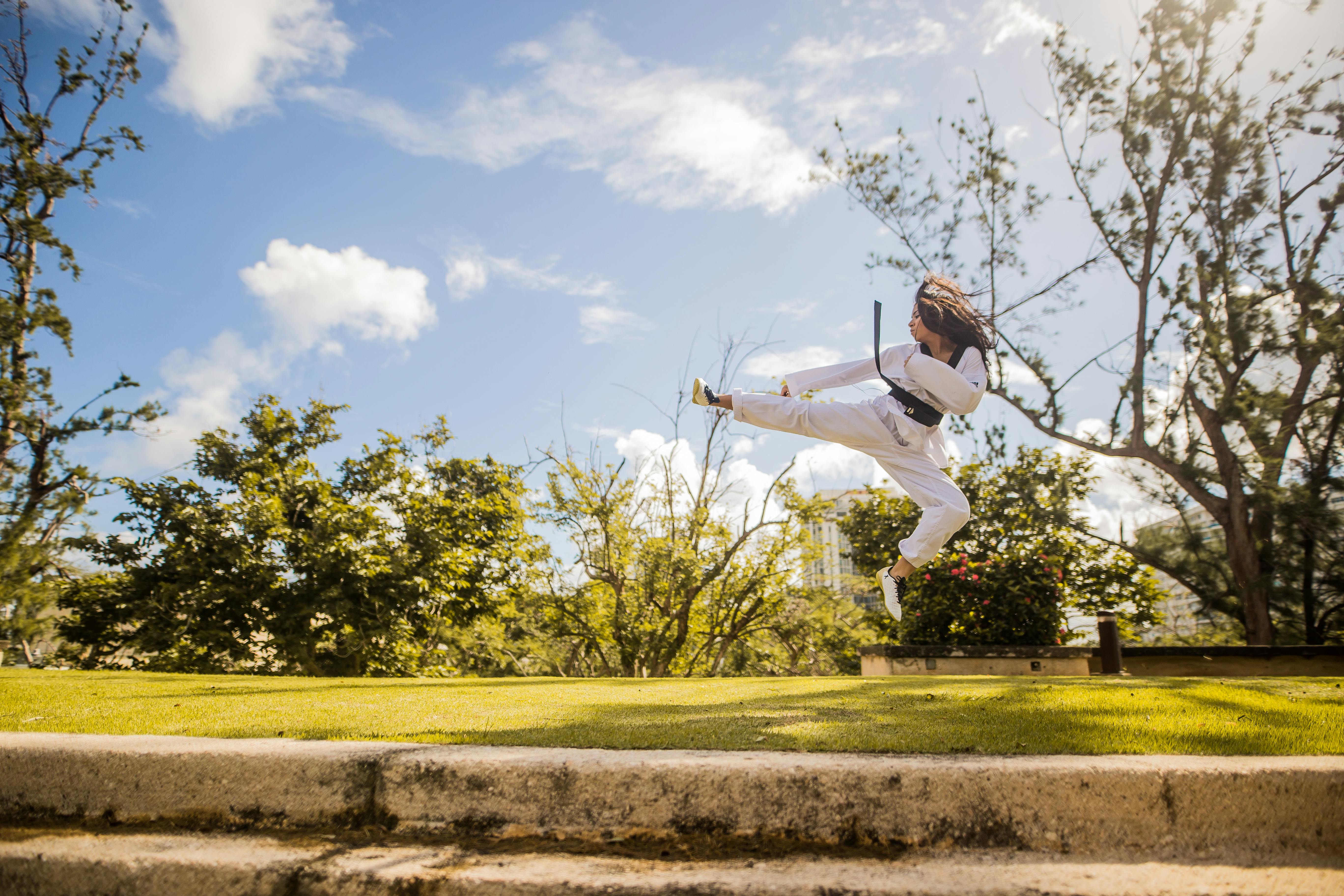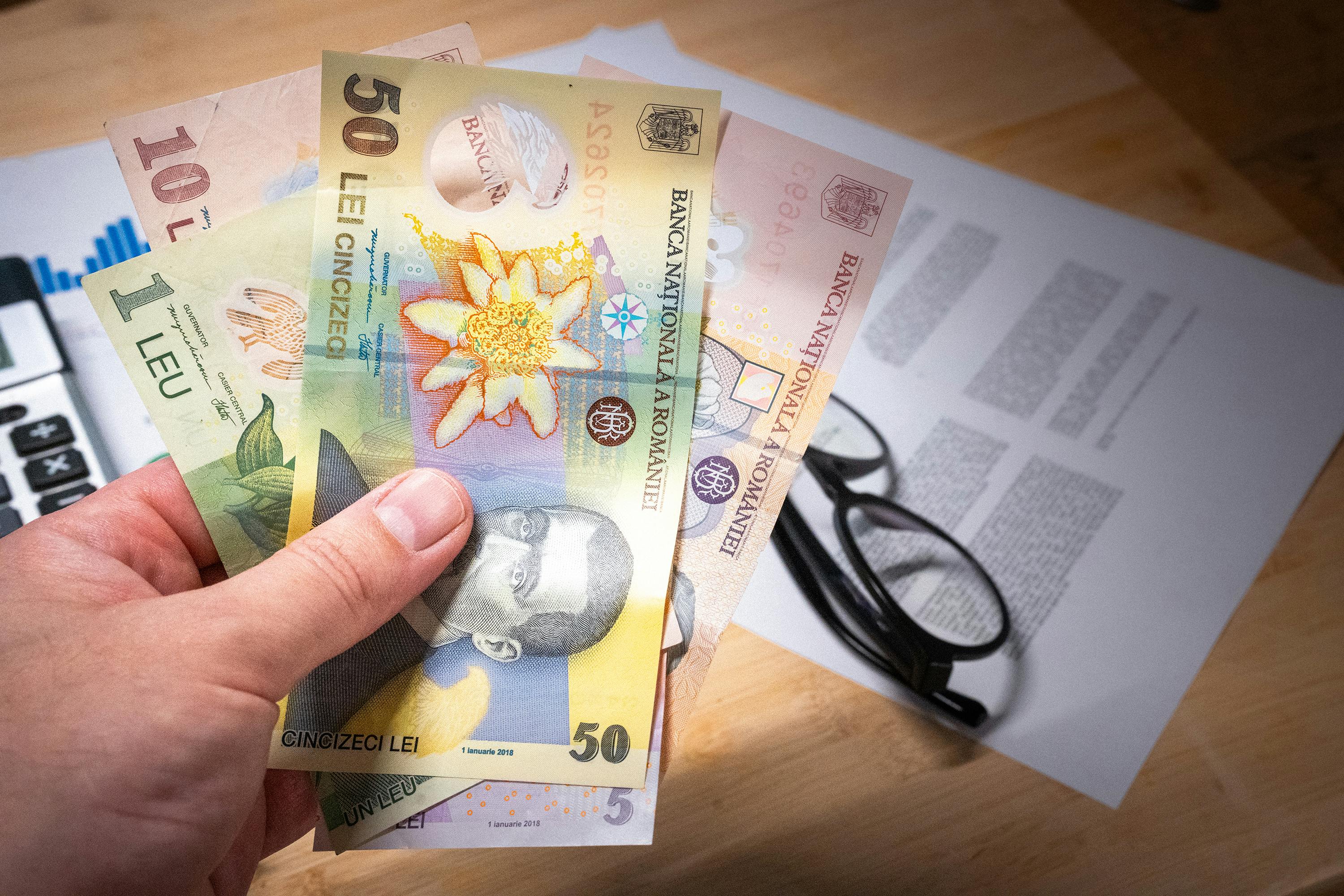Digital Renaissance: How Technology is Reframing Artistic Expression
If we were to define the modern era in one word, it might be 'digital.' The digitization of art has not only transformed the way we create and consume but also how we perceive and value artistic expression. This digital revolution is no less than a new renaissance, a period of significant cultural shift and unprecedented innovation. Let's delve into this fascinating topic, exploring the origins of this movement, its current state, and its far-reaching implications for the future of art and entertainment.

The Genesis: A Blend of Art and Technology
The story of the digital renaissance is, fittingly, a narrative of convergence. During the 1960s and 1970s, as computer technology became more accessible, artists began to experiment with this new medium. Early pioneers like Vera Molnar and Manfred Mohr started using algorithms and geometrical forms to create digital art, setting the stage for future generations. This fusion of technology and creativity established a new artistic paradigm, one defined by limitless potential and boundless imagination.
Current State: The Digital Art Boom
Today, the digital art movement is in full swing. The recent surge in popularity of non-fungible tokens (NFTs) has brought digital art into the mainstream, with artists selling their works for millions of dollars. Furthermore, technologies like augmented reality (AR) and virtual reality (VR) are changing how we engage with art, transforming static images into immersive, interactive experiences. These technologies are not only redefining artistic creation but also democratizing it, making art more accessible than ever before.
Impact and Significance: The Democratization of Art
The digital renaissance is democratizing art in several ways. Firstly, digital tools make art creation accessible to everyone, not just trained artists. Secondly, the internet allows artists to share their work with a global audience, bypassing traditional gatekeepers like galleries and museums. This democratization is shaking up the art world, challenging established hierarchies, and creating opportunities for new voices to be heard.
Reception: A Divided Opinion
Despite its revolutionary potential, the reception to digital art has been mixed. Some critics argue that digital art lacks the authenticity and tactile quality of traditional art forms. Others worry that the exploding market for digital art, especially NFTs, is creating an unsustainable bubble. However, many believe that these criticisms are short-sighted and fail to recognize the transformative power of this new artistic medium.
Future Prospects: A New Artistic Landscape
As we look to the future, the digital renaissance promises to reshape the artistic landscape even further. With advances in artificial intelligence and machine learning, we are seeing the advent of ‘generative art,’ where algorithms create art independently of human input. Furthermore, as virtual and augmented reality technologies become more sophisticated, we can expect even more immersive and interactive art experiences.
In conclusion, the digital renaissance is a paradigm shift in the world of art and entertainment. It is a testament to human creativity, and how we continue to find new ways to express ourselves, even in the face of rapidly evolving technology. As we navigate this uncharted territory, one thing is clear: the future of art will be written in binary code.




